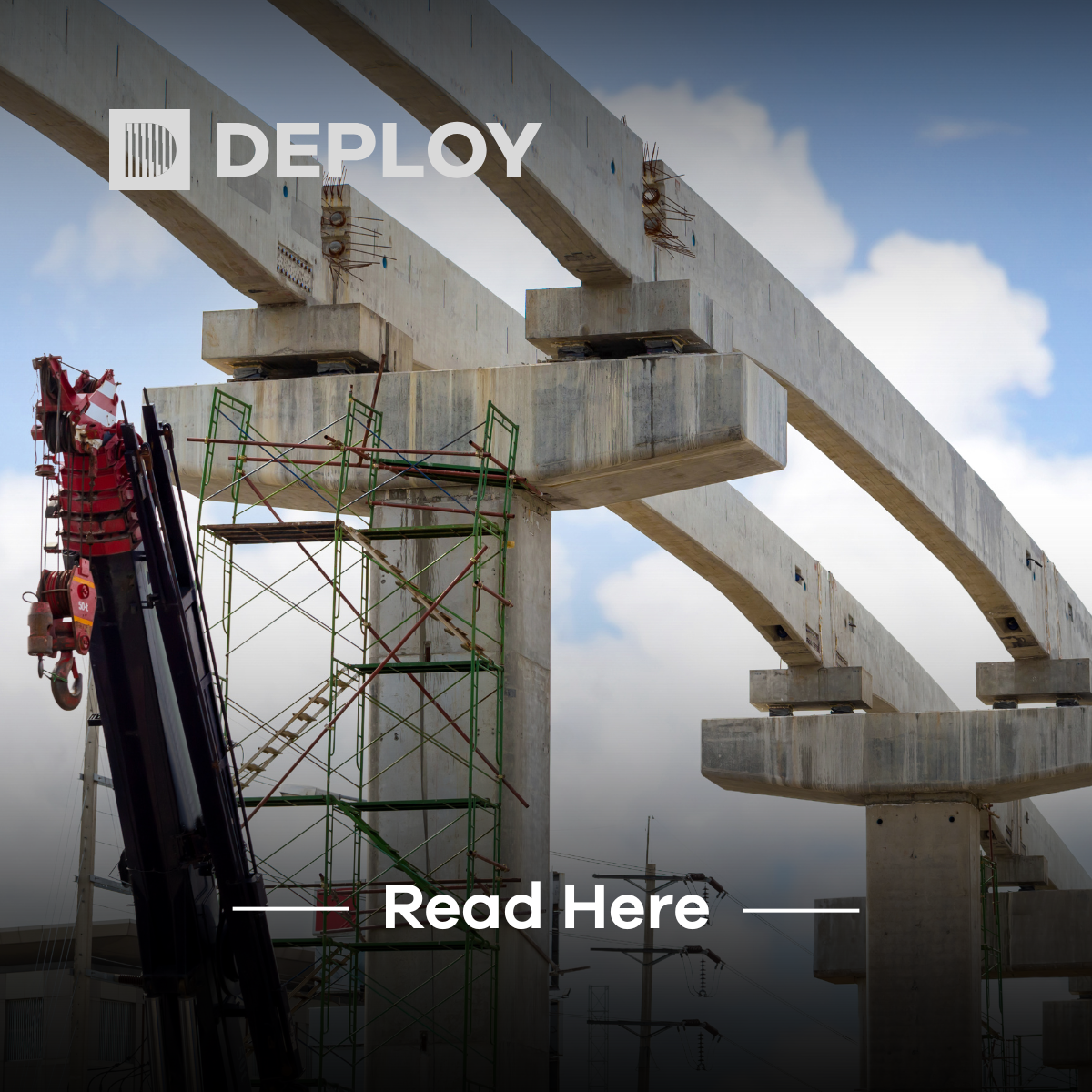How Digital Twins Are Shaping Rail Infrastructure
In the ever-evolving world of rail infrastructure, efficiency, safety, and sustainability remain at the forefront of industry priorities. Digital twin technology is emerging as a transformative force, enabling real-time monitoring, predictive maintenance, and smarter infrastructure planning. By creating virtual replicas of physical rail assets, digital twins offer a dynamic, data-driven approach to managing railway networks, reducing downtime, and improving long-term performance.
What Are Digital Twins?
Digital twins are highly detailed virtual models that mirror the physical state of railway infrastructure, from tracks and stations to signalling systems and rolling stock. These models are continuously updated using real-time data from sensors, IoT devices, and AI-driven analytics, allowing railway operators to visualise, analyse, and optimise their networks like never before.
The adoption of digital twins is revolutionising rail infrastructure management by bridging the physical and digital worlds. With the ability to simulate different scenarios, track asset performance, and predict future challenges, rail operators can make data-driven decisions that enhance safety, efficiency, and cost-effectiveness.
Real-Time Monitoring and Predictive Maintenance
One of the most significant advantages of digital twin technology is its ability to provide real-time monitoring of rail assets. Sensors embedded throughout railway networks collect data on track conditions, train movements, and environmental factors. This information is fed into the digital twin, allowing operators to detect anomalies, identify early signs of wear and tear, and proactively schedule maintenance.
Benefits of predictive maintenance:
- Reduced Downtime: Predicting faults before they occur minimises disruptions to services.
- Cost Savings: Preventative maintenance lowers repair costs and extends the lifespan of rail assets.
- Enhanced Safety: Identifying risks early ensures safer conditions for passengers and workers.
For example, Network Rail in the UK has leveraged digital twin technology to monitor track geometry and prevent failures. Similarly, Deutsche Bahn in Germany has implemented digital twins to predict infrastructure degradation and optimise maintenance schedules, reducing costly and unexpected disruptions.
Optimising Infrastructure Planning and Design
Digital twins are also transforming how new rail projects are planned and executed. Engineers and planners can simulate various design options, test infrastructure resilience, and assess the impact of potential challenges before breaking ground.
Key advantages in planning include:
- Virtual Testing: Engineers can model and refine track layouts, station designs, and signaling systems.
- Sustainability Assessments: Digital twins enable energy efficiency simulations, reducing the environmental impact of new projects.
- Improved Project Coordination: Stakeholders can collaborate more effectively by working within a shared virtual environment.
For instance, the Grand Paris Express project in France, one of Europe’s largest transport infrastructure developments, is utilising digital twins to optimise station construction and reduce construction waste.
The Role of AI and IoT in Digital Twin Technology
The effectiveness of digital twins relies heavily on the integration of Artificial Intelligence (AI) and the Internet of Things (IoT). AI-driven analytics help predict asset failures, while IoT sensors provide a contemporaneous stream of data from rail infrastructure. Together, these technologies enable digital twins to evolve over time, improving their accuracy and predictive capabilities.
How AI and IoT enhance digital twins:
- Machine Learning Algorithms: These analyse vast datasets to uncover patterns in asset performance.
- Autonomous Decision-Making: AI can suggest maintenance actions without human intervention.
- Real-Time Updates: IoT ensures digital twins reflect the latest conditions on the ground.
The Future of Digital Twins in Rail
As rail networks become increasingly complex and interconnected, the role of digital twins will only grow. The technology is expected to integrate with other smart infrastructure innovations, such as 5G connectivity, autonomous train systems, and climate resilience modeling.
Governments and private operators worldwide are investing heavily in digital twin initiatives to modernise rail infrastructure. Looking ahead, we can anticipate greater adoption of these technologies, further improving railway efficiency, safety, and sustainability.
At Deploy, we understand that cutting-edge technologies like digital twins require highly skilled professionals to implement and manage them effectively. We specialise in sourcing top-tier talent for the rail and infrastructure sectors, ensuring that organisations have the expertise needed to drive innovation and efficiency. Are you looking for expert talent to help integrate digital twin technology into your rail projects? Contact Deploy today and let’s build the future of rail together.






